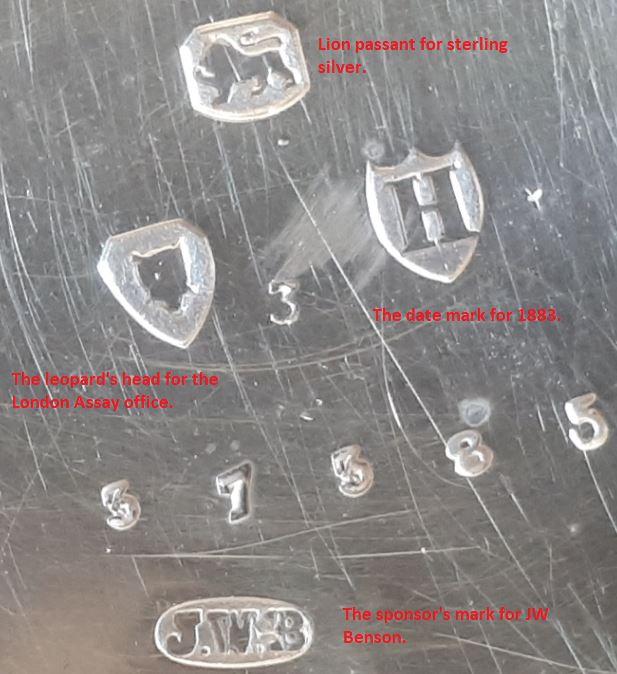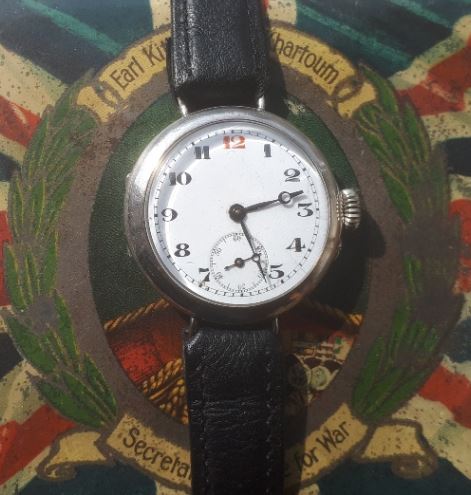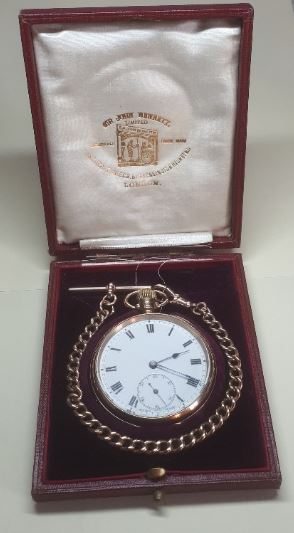Last updated on June 18, 2024
The current high prices for precious metals are primarily down to investors seeking safe havens due to concerns about the economic outlook in the midst of the global Coronavirus pandemic. Additionally, there are rising concerns regarding the economic impact of Brexit, the weak pound and the widespread belief that interest rates will remain low for some time to come. This had led to an increase in antique pieces being scrapped as the value of the raw material outstrips their value as objects. Unfortunately, this includes the scrapping of antique pocket watches.
A search on the internet for “scrap gold” will reveal hundreds of scrap metal dealers willing to pay cash for gold and silver. The service is offered in person or by mail, with instant cash payments. It couldn’t be easier to sell your precious metal. The dealers almost plead for you to send in gold and silver watches as if there is no value to them other than their weight in precious metal. There are stories of scrap dealers with boxes full of watch movements after they have been stripped from their gold and silver cases.
Hallmarks
Antique pocket watches that have been constructed of precious metals will be hallmarked. The hallmarks differ according to the country of origin (Swiss or British). However, they will generally specify the quality of the gold or silver used in the case material. The cases are almost always alloys as pure gold or silver is too soft to be of practical use. The scrap value of the metal will increase with the purity of the gold or silver.
Antique pocket watches
Pocket watches were the only portable device for telling the time for over 300 years and working examples are getting fewer as every year goes by. There is more to them than just the tangible value of the precious metal inside. The craftsmanship, knowledge of mathematics, gold and silversmithing that went into the production of pocket watches were the result of hundreds of years of horological effort. There were thousands of watchmakers in Switzerland in the late nineteenth century and thousands more in England. All of these watchmakers produced tens of millions of timepieces. How many of these works of horological art have been confined to the scrap heap?
The current situation is not the first time people have been tempted to scrap their horological treasures. During the First World War, the pocket watch was found to be impractical on the battlefield. Timekeeping was essential as attacks and barrages were timed and soldiers needed to know the time in order to coordinate attacks. Lives could be lost without an accurate timepiece. However, in the trenches, in full battle dress, it was difficult to retrieve a pocket watch from a tunic pocket to tell the time. Pocket watches continued to be used by the pilots in the Royal Flying Corps.
World War 1 import duties
In September 1915, during the Great War, the British government, led by Herbert Asquith, introduced a 33⅓% ad valorem customs duty on imported luxury goods, including watches, in an effort to conserve foreign exchange reserves. The duty was introduced by Reginald McKenna, Chancellor of the Exchequer. This had a major impact on Swiss watches with gold or silver cases, as any watch imported into London, even for inspection and subsequent export abroad, would be subject to the tax.
In late 1916, additional restrictions were placed on the importation of precious metals through Section 43 of the Customs Consolidation Act of 1876, via Royal Proclamation. This included banning the importation of jewellery and all gold and silver articles, with the exception of watches and watch cases, in November. A revision in December forbade the importation of all gold – worked or unworked, including gold coins and articles containing gold – as well as any silver goods other than silver watches and watch cases. Exceptions made for silver watches and watch cases were removed and the importation of gold watch cases was forbidden for the duration of the war.
Trench watches
During the First World War, soldiers started to use the trench watch as you could tell the time with a flick of the wrist. After the war, the soldiers returned home with their wristwatches, or wristlets as they were known, and continued to wear them. Pocket watches were still made and worn for many years, but the wristwatch became the norm. This led to thousands, or perhaps even millions, of pocket watches being confined to bedroom drawers as the wristwatch increased in popularity.
After the First World War, there was widespread poverty across the UK and the world. This was partly due to taxes being raised to punitive levels to pay off the cost of the war. In addition, the outbreak of the Spanish Flu, which killed more people than the war itself, further impacted the economies of the world. Given the extreme poverty, many people were forced to take extreme measures, including selling their watches and jewellery to pawnbrokers. This was done in such numbers that the watches themselves had virtually no value other than the scrap value of their cases.
The Great Depression
The Great Depression followed the Wall Street Crash of 1929. This caused a global economic depression worsening the poverty levels across the globe. In addition, England abandoned the gold standard in 1930 and the price of gold soared. This increased the sale of pocket watches for their scrap value. Tens of thousands of gold cases had the movements removed and thrown into boxes under the counter while the cases were sent to be melted down.
Most of the movements would be discarded in rubbish tips until it was realised that the brass movements were often gilded with gold. Additionally, it was realised that the enamel dials frequently contained tiny amounts of gold. The markers and hands-on watch faces were often made of gold. Also, on high-end watches, some of the internal components were often made of gold. This is because of its ability to resist corrosion. Suddenly, the movements were not being discarded, but being stripped of every scrap of precious metal. Ultimately, this must have led to the demise of tens of millions of pocket watches. which were now thought to be outdated.
Redundant
In times of hardship and poverty, people are forced to undertake extreme measures, so people can’t be blamed for selling their watches for scrap. Additionally, most people would have viewed pocket watches as redundant items as they had been eclipsed by the popularity of the new wristwatches. After the 1930s very few people wore pocket watches, apart from perhaps, station masters, ships captains and train guards. Ultimately, this led to the belief that pocket watches were dispensable and better off as cash in the pocket rather than collecting dust in a drawer.
It is a great shame that this is still happening, given the number of timepieces that have already been scrapped. If the price of silver continues to rise the temptation will be there to start scrapping silver-cased watches. The antique pocket watches we have left are all precious, for their horological value, rather than their scrap value. As much as I hate to say it, greed, for many people, is stronger than their appreciation of art. As a result, I cannot see the scrapping trend ending. It is not something I would ever consider doing and I certainly wouldn’t sell any of my collection to a buyer that I suspected was only interested in the scrap value.
Related content
A list of additional posts regarding antique watches can be found on the Guides page.



It would be a dreadful shame if this was still happening today. Surely, the sentimental value of an antique pocket watch will outweigh the financial gain of scrapping it for the gold or silver. I have an antique pocket watch by Revue which is pre WW1, I would never dream of scrapping it.